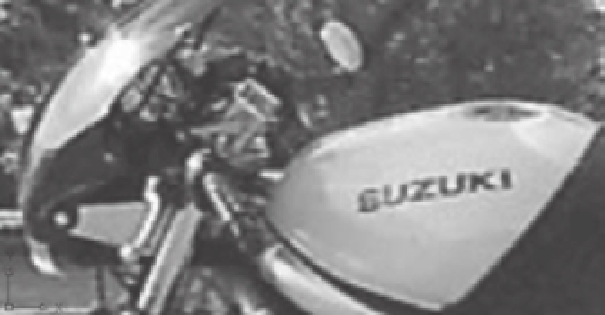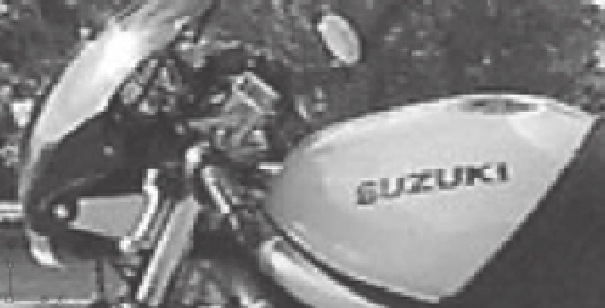Graphics Programs Reference
In-Depth Information
If your drawing doesn't require the highest-quality image, you can set the image quality to
Draft mode. You may use Draft mode when you're tracing an image or when the image is already
of a high quality. To set the image quality, enter
IMAGEQUALITY
↵ and then enter
H
for High
mode (high quality) or
D
for Draft mode. In Draft mode, your drawing will regenerate faster.
High mode softens the pixels of the raster image, giving the image a smoother appearance.
Draft mode displays the image in a raw, pixelated state. If you look carefully at the regions
between the motorcycle and the background in the top image in Figure 13.7, you'll see that the
edges of the motorcycle appear a bit jagged. In the bottom image, the High setting was used to
soften the edges of the motorcycle. You may need to look closely to see the difference.
FIGURE 13.7
A close-up of
a raster image
with quality set
to Draft (top) and
High (bottom)
Finally, you can control the transparency of raster image files that allow transparent pixels.
Some file formats, such as the CompuServe GIF 89a format, enable you to set a color in the image
to be transparent (usually the background color). Most image editing programs support this
format because it's a popular one used on web pages.
When you turn on the Transparency setting, objects normally obscured by the background of
a raster image may show through. Enter
T R A NSPA R E NC Y
↵, and then select the raster image
you want to make transparent. Press ↵, and then enter
ON
or
OFF
, depending on whether you
want the image to be transparent. Unlike the Frame and Quality options, Transparency works
on individual objects rather than operating globally.


